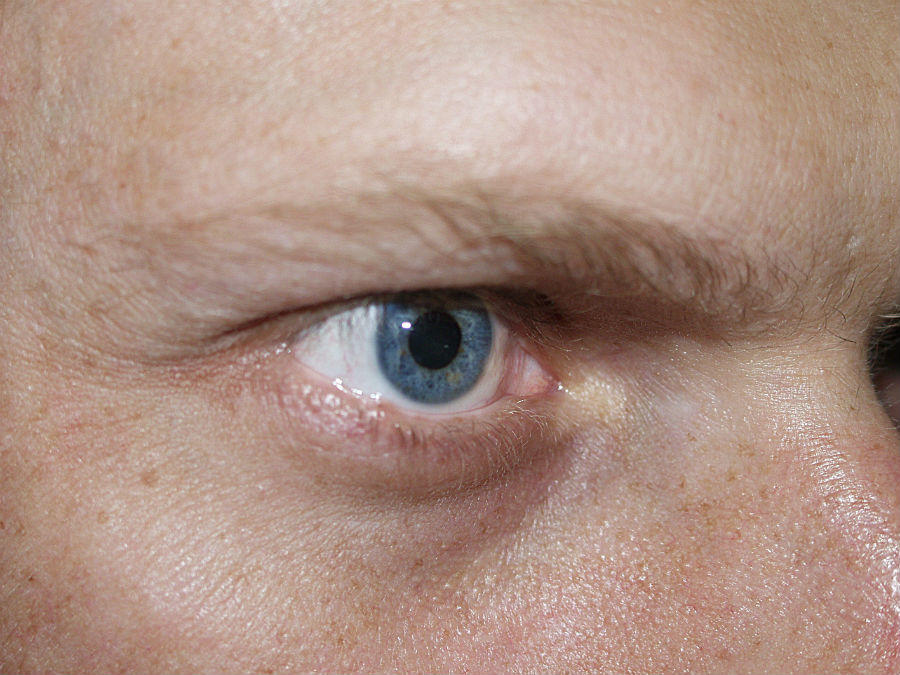
Section Branding
Header Content
WORKING: Too Much Eye Contact?
Primary Content

It’s common advice from parents to their children: look people in the eye when you’re talking to them.
It’s also an effective skill—sometimes too effective, according to a new study. The research, published in the journal “Psychological Science,” found speakers with a strong opinion about a controversial topic have less chance of persuading someone who disagrees if they make direct eye contact.
“It’s just too aggressive,” said Brandon Smith, a communication expert and workplace consultant. “It doesn’t feel open. [It] feels too pushy. So we want to temper that [eye contact].”
In the study, researchers had subjects watch videos of people talking about controversial topics. They presented a strong opinion that was opposite of the subject watching the video. Some participants watched the speaker’s eyes; others watched the speaker’s mouth. Those who watched the eyes were less likely to change their minds.
Smith said that approach, however, discounts a behavior many people use to soften their persuasive tactics.
“What we’re missing in that experiment is the ability to change your facial expression,” Smith said. “Often, when you’re trying to get someone to see your point of view, you modulate and you match your facial expression to theirs.”
So, he said, it’s as important to consider facial expression as it is to moderate direct eye contact in these situations.
“Matching the facial expression is really how you show the other person, ‘I get you and I’m aligned with you,’” Smith said.
To get the amount of eye contact right, take a notepad or legal pad to meetings that will involve some kind of persuasion, Smith said. That could be convincing the boss of a course of action or to make a change, in a sales situation, or in a job interview.
“As the person’s talking, occasionally break eye contact and make notes,” he said. “You get points for paying attention because you’re taking notes, but it breaks the eye contact just enough where it makes it feel a little more comfortable and natural.”
Smith said there are times when more direct eye contact—not less—is the right approach.
“If you’re trying to communicate intensity, then more eye contact is better,” he said. But no matter what, don’t drop the eye contact altogether.
“You can appear not confident if you don’t make eye contact at all,” Smith said. “You’re going to convey to the other person, ‘I really don’t belong here. This is a waste of your time.’”
Brandon Smith teaches about leadership, communication, and workplace culture at Emory University's Goizueta Business School. More of his advice is on his blog and at theworkplacetherapist.com. While you’re there, ask him your workplace or career question. We might answer you in a future radio segment.
Tags: career counseling, Brandon Smith, workplace, working, career, eye contact
